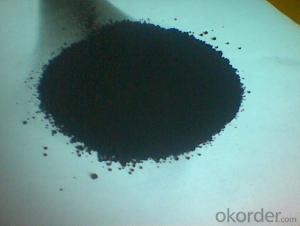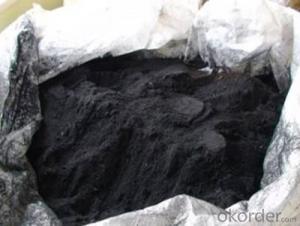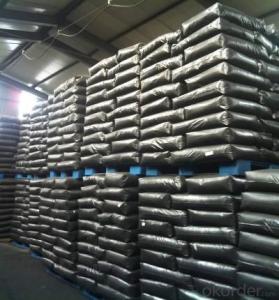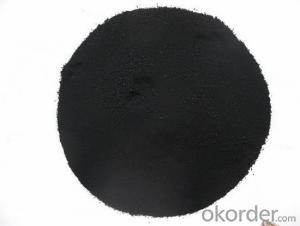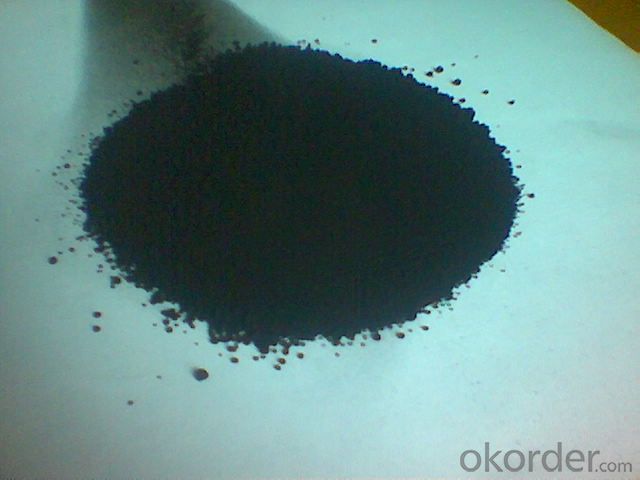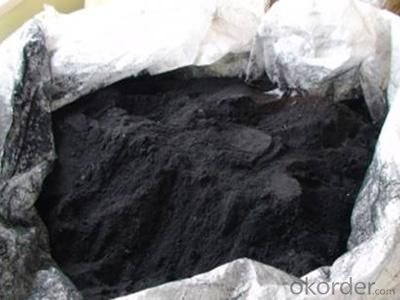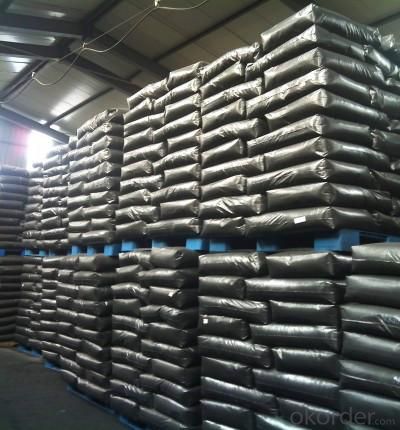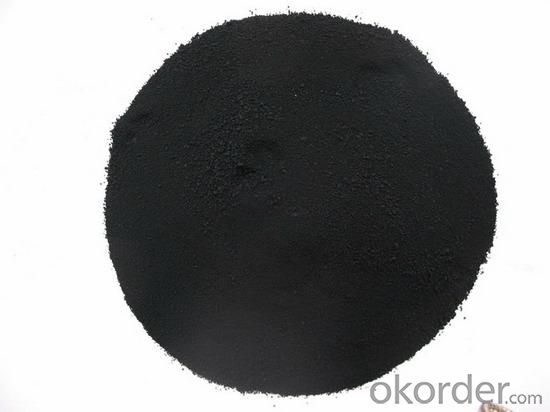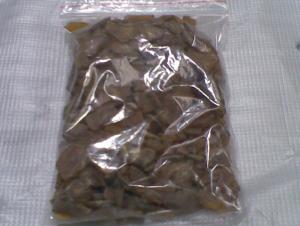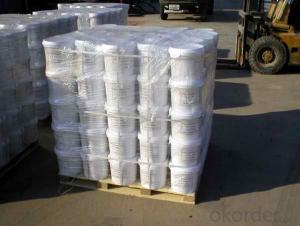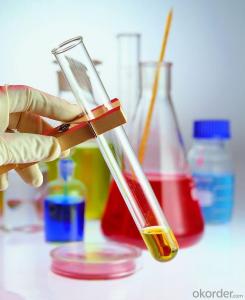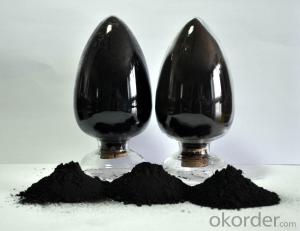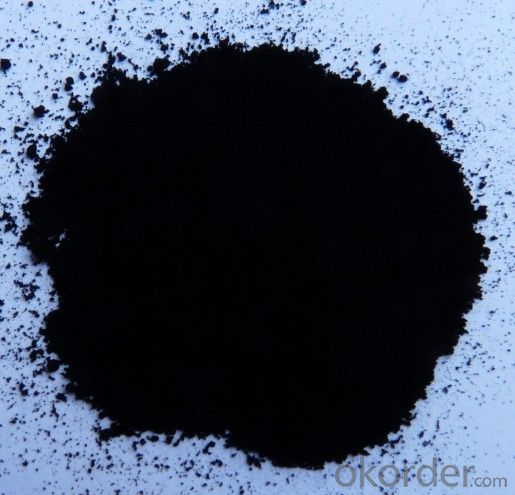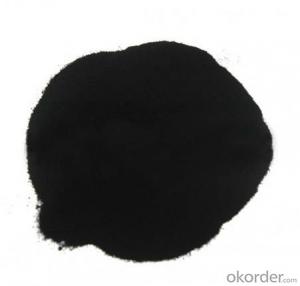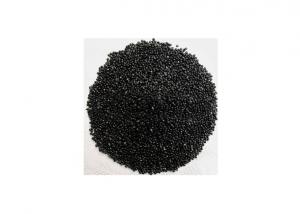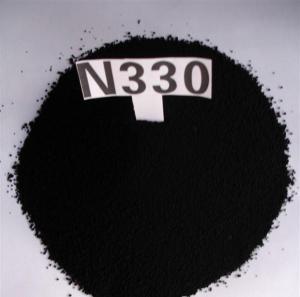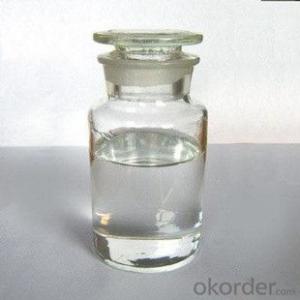Market Price For Carbon Black With Best Carbon Black Prices For Carbon Black
- Loading Port:
- Qingdao
- Payment Terms:
- TT OR LC
- Min Order Qty:
- -
- Supply Capability:
- 20000 m.t./month
OKorder Service Pledge
OKorder Financial Service
You Might Also Like
Specifications
Carbon black N330 N220 N550 N660
1:black powder or granular
2.rubber industry
3.tyres cable tape
4:high quality
Character:
1. Cas no:1333-86-4
2. Standard: GB 3778-2003
3. Form: black granule or powder
4. Process: wet or dry process
Market Price For Carbon Black With Best Carbon Black Prices For Carbon Black
1.Name:carbon black
2.Molecular Formular: C
3.Appearance: Black Powder
4.CAS NO.:1333-86-4
5.HS Code: 28030000
6.Application: tyre,coating, plastic, rubber
7.Grade:N220, N234, N326, N330, N550, N660
Certificate Of Analysis For Carbon Black
Product Model Number | N330 Wet Pelletized | Carry Out The Standard | GB/3778-2003 China |
Testing Item | Standard Value | Analysis Result | |
Iodine g/kg | 82±7 | 79.3 | |
DBP Absorption Value 10-5m3/kg | 102±7 | 102 | |
DBP Absorption of Compressed Sample 10-5m3/kg | 80~96 | 86 | |
CTAB Surface Area 103m3/kg | 73~91 | 76 | |
Nitrogen Surface Area 103m2/kg | 71~85 | 78 | |
Tint Strength %≤ | 96~112 | 96.8 | |
Heating Loss %≤ | 2.5 | 0.75 | |
Ash %≤ | 0.7 | 0.45 | |
45 µm Sieve Residue %≤ | 0.100 | 0.070 | |
500µm Sieve Residue %≤ | 0.001 | 0.000 | |
Pour Density | 380±40 | 390 | |
Fines Content | ≤10 | 5 | |
Impurtity | None | None | |
Modulus At 300% Mpa (145°C.30minter) | -0.9±1.6 | -2.0 | |
Usage: maily applied to various rubber products such as tyres, rubber overshoes, cable, seal ring, tape etc. Moreover they can be applied to such relevant industries as plastic manufacture.
Storage: Put away from water and solarization
- Q: High chemistry: Does the catalyst affect the heat and heat of the reaction?
- The catalyst that has no effect affects only the rate of reaction
- Q: The addition of the catalyst has no effect on the chemical equilibrium of the movement
- Hello, the essence of chemical equilibrium is a dynamic equilibrium, under certain conditions, the equilibrium constant of the reaction is a certain value, the role of the catalyst is to reduce the activation energy required for the reaction, increase the number of activated molecules, so that the reaction within a unit time The number of molecules increased, but the positive reaction is positive for the reaction, so do not change the speed
- Q: Is the reaction of the exhaust purification of cars (carbon monoxide and nitrogen
- NO + 2CO = 2CO2 + N2 reaction is exothermic. Conditional catalyst
- Q: The properties of scandium
- Sci-Scandium (Sc) Basic knowledge Introduction In 1879, Swedish chemistry professor Nelson (LFNilson, 1840 ~ 1899) and Clive (PTCleve, 1840 ~ 1905) were almost simultaneously in rare mineral silica beryllium yttrium and black The mine found a new element. They named this element "Scandium" (scandium), ...
- Q: Where are they good catalysts and why?? THanks!
- A catalyst is a substance that speeds up a chemical reaction by providing an alternate reaction pathway with a lower activation energy. Catalysts appear not to take part in the reaction. Frequently, catalysts are not very reactive. Acids and bases, on the other hand, are very reactive. Acids (as H+) and bases ( as OH-) sometimes function as catalysts in some organic reactions. They appear to be catalysts because in the course of the mechanism H+ or OH- is regenerated.
- Q: What is the PTC catalyst in chemistry?
- PTC, Phase Transfer Catalyst, phase transfer catalyst PTC is the role of a reaction from one phase to another phase to participate in the reaction to promote a solvent can be dissolved in organic solvents and a solvent insoluble in the ion Reagents react between the two reagents. And this type of reaction is collectively referred to as phase transfer catalytic reaction.
- Q: The last question asked no one answered this question.
- This problem is difficult to answer comprehensively because the study of the different directions of the catalyst is different.
- Q: What are the catalysts?
- The relationship between it and the reaction system is as highly selective (or specific) as the relationship with the key. A catalyst does not catalyze all chemical reactions, such as manganese dioxide in the decomposition of potassium chlorate Play a catalytic role to speed up the chemical reaction rate, but the other chemical reactions do not necessarily have a catalytic effect
- Q: An important property of the catalyst is that the reaction equilibrium is not changed while increasing the forward reaction rate and the reverse reaction rate. However, because the enzyme for the specificity of the substrate, is not almost every reaction by the enzyme are one way to do it.
- A brief description of restriction endonucleases and DNA ligases: Restriction endonucleases, and DNA ligases, can be said to have nothing to do with energy calculations. In particular, the actual effect of these two enzymes is not to switch between A (DNA) and B (disconnected DNA) states. Restriction endonucleases do not need to open base pairing in addition to the phosphates, whereas the DNA ligase itself is responsible for linking 5'-phosphate and 3'-hydroxy. Which use the energy supply substances, coenzyme are not the same, can not be used as the same reaction is positive and negative process considerations.
- Q: What is the catalyst called?
- Catalysts induce chemical reactions to change, cause chemical reactions to become faster or slower, or to react chemically at lower temperatures. The catalyst is also known as a catalyst in industry.
Send your message to us
Market Price For Carbon Black With Best Carbon Black Prices For Carbon Black
- Loading Port:
- Qingdao
- Payment Terms:
- TT OR LC
- Min Order Qty:
- -
- Supply Capability:
- 20000 m.t./month
OKorder Service Pledge
OKorder Financial Service
Similar products
Hot products
Hot Searches
Related keywords
